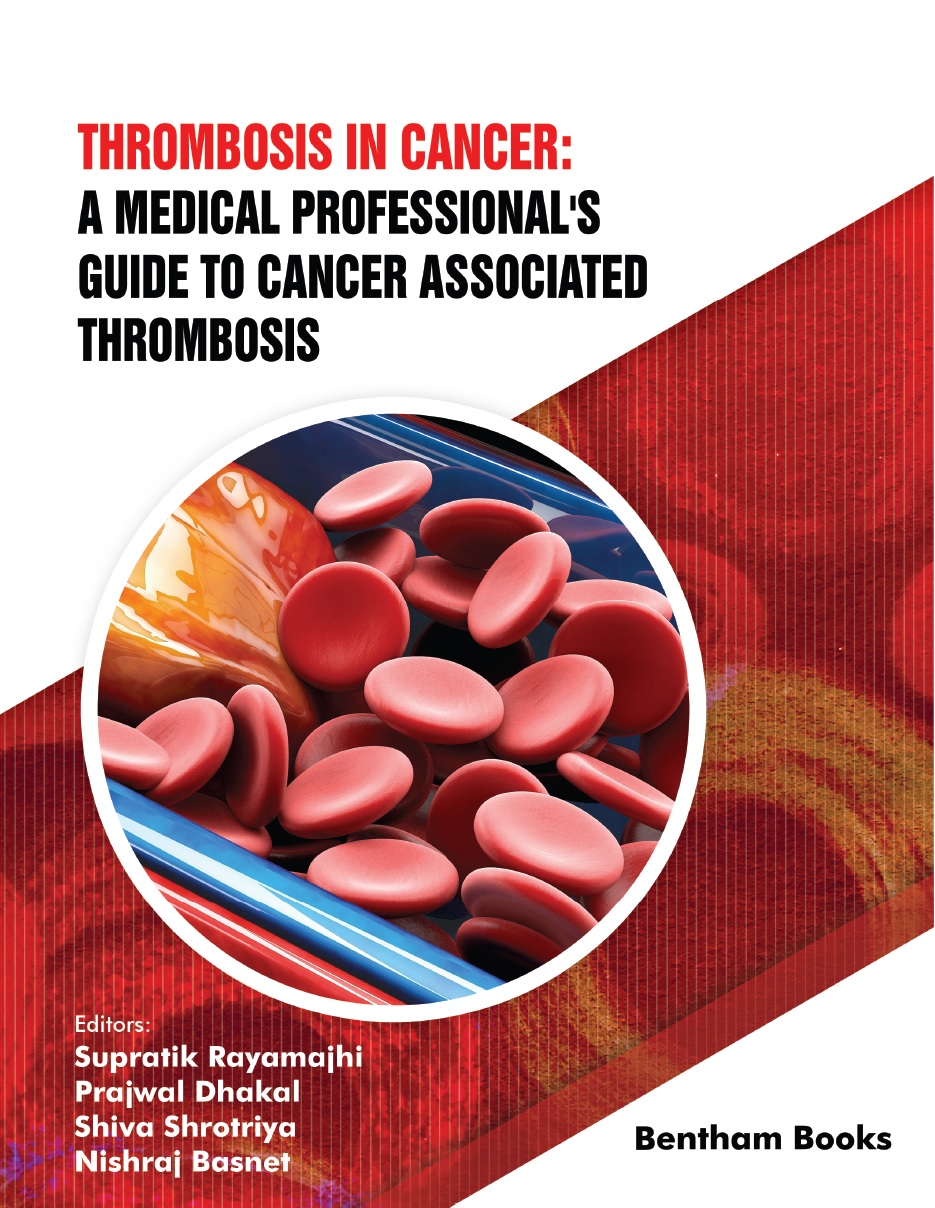Abstract
Central venous catheters (CVC) are important for the infusion of chemotherapy, intravenous medications, and blood products. Catheter-related thrombosis (CRT) is common among cancer patients. The lower rates of CRT underreported as many are asymptomatic. Many patient-related factors such as age, venous anatomy, tumor characteristics (histology, size, and location, and catheter-specific features) have been attributed to CRT. Also, limitations of the diagnostic criteria exist. Doppler ultrasound is the common initial test but can be non-diagnostic. Contrast venography is the ‘gold standard’ and considered once Doppler negative but with strong clinical suspicion. Newer diagnostic tools such as contrast CT or MRI has emerged as promising alternatives but with occasional use. Anticoagulation is the treatment of choice once DVT is confirmed but there are no established standard guidelines. The catheter should be preserved with low molecular weight heparin for a minimum of three months. No anticoagulants are advised for routine prophylaxis but can be considered in high-risk groups.
Keywords: Cancer-associated thrombosis, Catheter-directed local thrombolysis, Catheter-related thrombosis (CRT), Chemotherapy, Contrast venography, CRT, CVC-related infection, DVT treatment, Intraluminal clot, LMWH in catheterrelated thrombosis, Mural thrombus, Port associated thrombosis, Thrombosis in malignancy, WARP study.






















